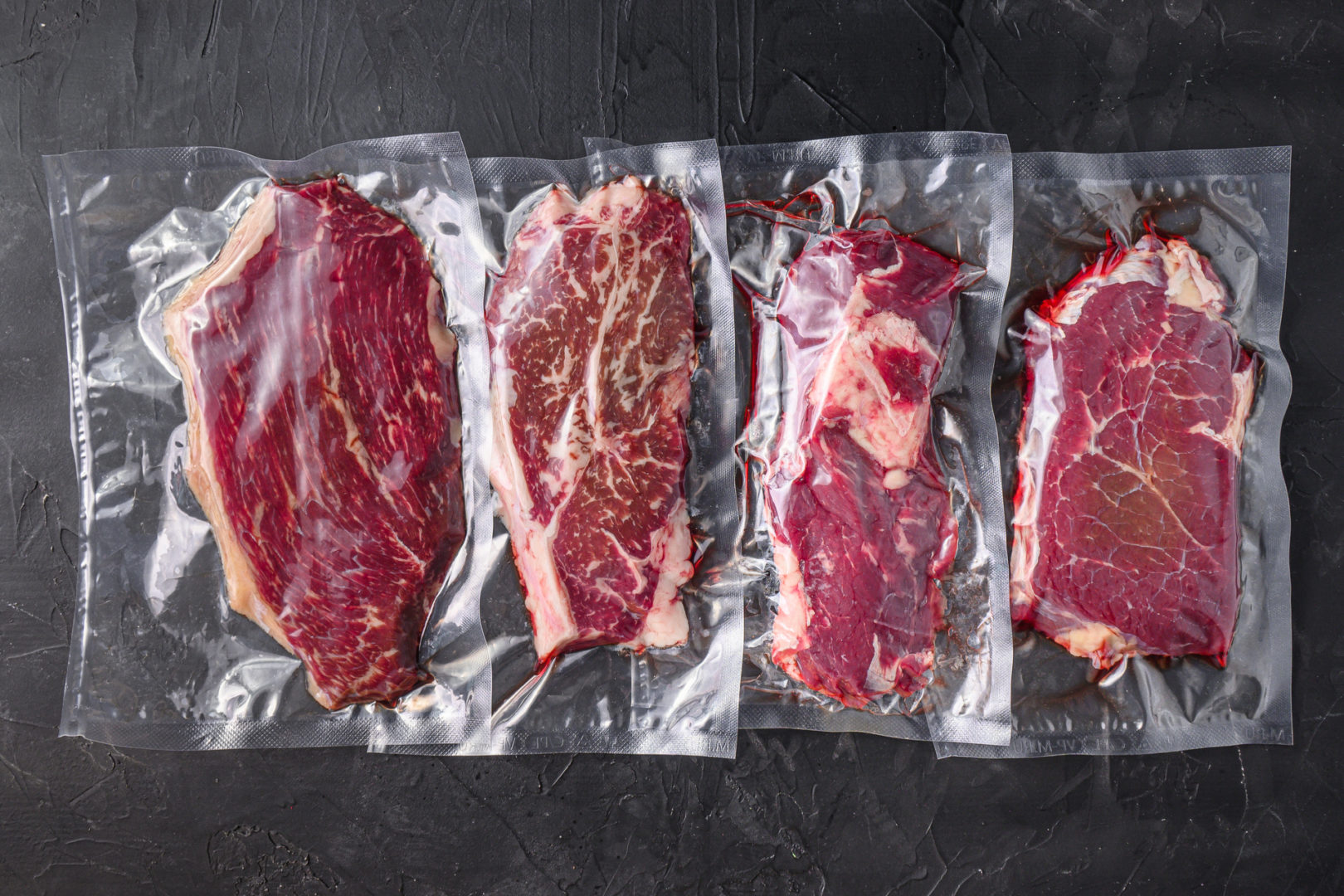Mike D Texas
WKR
About 7 days for me. I built a PVC rack for the bottom of my cooler to keep the meat off the ice. I drain it at least twice a day depending on the ambient temp. I swear by this method. If it were cold enough here I would hang it but that's not the case.
I say 7 days because I normally hunt on weekends and then wait until the next Friday or Saturday to start breaking it down.
The PVC riser is a great idea!
Sent from my iPhone using Tapatalk Pro

